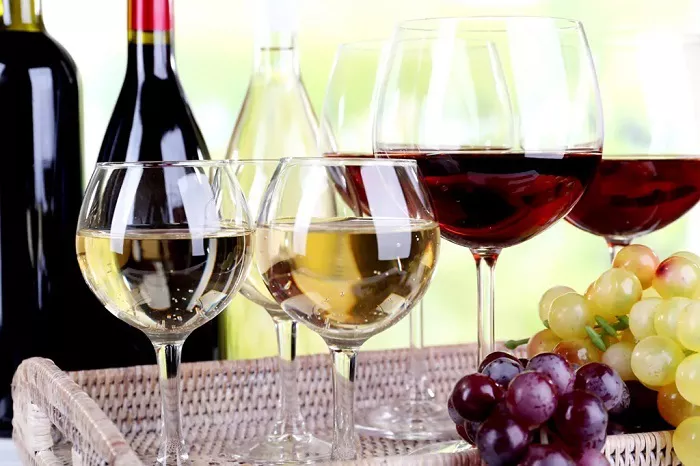The global fortified wine market is set for robust expansion driven by growing worldwide consumption of alcoholic beverages, advances in production technology, and flavor innovation. Increasing demand at social events and the perception of fortified wine as a symbol of social recognition are further contributing to the market’s positive outlook. Additionally, the health benefits associated with moderate consumption of fortified wines are expected to support industry growth over the forecast period.
Valued at USD 20.16 billion in 2023, the fortified wine market is projected to grow to USD 22.08 billion in 2024 and is forecasted to reach USD 45.63 billion by 2032, reflecting a compound annual growth rate (CAGR) of 9.5% between 2025 and 2032.
Investment in research and development is accelerating globally as producers strive to create distinctive fortified wine varieties, expanding market potential. Regulatory frameworks in key regions—including the United States, Germany, the United Kingdom, China, and India—aim to maintain product quality. In India, for instance, the Food Safety and Standards Authority of India (FSSAI) introduced the 2019 regulations governing wine manufacturing and labeling.
Market Segmentation
The fortified wine market is segmented by product type, nature, body, distribution channel, and region:
- Product Types: Port wine, Vermouth, Sherry, Marsala, Madeira, and others.
- Nature: Dry wine and sweet wine.
- Body: Light-bodied, medium-bodied, and full-bodied.
- Distribution Channels: On-trade (bars, restaurants) and off-trade (retail stores).
- Regions: North America, Europe, Asia Pacific, Latin America, and the Middle East & Africa.
Regional Market Insights
Europe led the global fortified wine market in 2022, accounting for over 45% of total revenue. Key European markets such as Germany, France, Italy, Spain, and Portugal are anticipated to experience rising wine consumption, driven by increasing preference for flavored wine varieties.
The Asia Pacific region is emerging as the fastest-growing market, with a predicted CAGR of 13.1% from 2023 to 2030. Countries including China, India, and Japan are witnessing expanding consumer bases for alcoholic beverages, supported by rising disposable incomes and greater public awareness of fortified wine’s health benefits.
Key Industry Players
Leading companies in the fortified wine sector include:
- E. & J. Gallo Winery (USA)
- Constellation Brands, Inc. (USA)
- The Wine Group (USA)
- Treasury Wine Estates (Australia)
- Pernod Ricard (France)
- Bacardi Limited (Bermuda)
- Davide Campari-Milano N.V. (Italy)
- Sogevinus Fine Wines SL (Portugal)
- Symington Family Estates (Portugal)
- Taylor’s Port (Portugal)
- Sandeman (Portugal)
- Graham’s (Portugal)
- Warre’s (Portugal)
- Fonseca (Portugal)
- Curatolo Arini (Italy)
- Mazuran’s Vineyards Limited (New Zealand)
- Albina & Hanna (USA)
- Barbadillo (Spain)
- Emilio Lustau (Spain)
- Gonzalez Byass (Spain)
Emerging Market Trends
The market is witnessing increased consumer demand for premium and luxury fortified wines, particularly in developed countries, where higher prices are associated with perceived superior quality and status. Simultaneously, the popularity of natural and organic fortified wines is rising, driven by growing health consciousness and environmental awareness.
Another notable trend is the expansion of fortified wine tourism. Regions renowned for fortified wine production are becoming sought-after travel destinations, attracting enthusiasts eager to explore the production process and sample diverse varieties, thereby boosting regional demand.
Outlook
The fortified wine market is projected to maintain strong growth fueled by ongoing technological innovation, expanding global accessibility, and evolving consumer preferences. Industry stakeholders are expected to leverage emerging opportunities while navigating regulatory and market challenges, positioning fortified wine as a key contributor to economic growth and wellness trends worldwide.
You Might Be Interested In:


